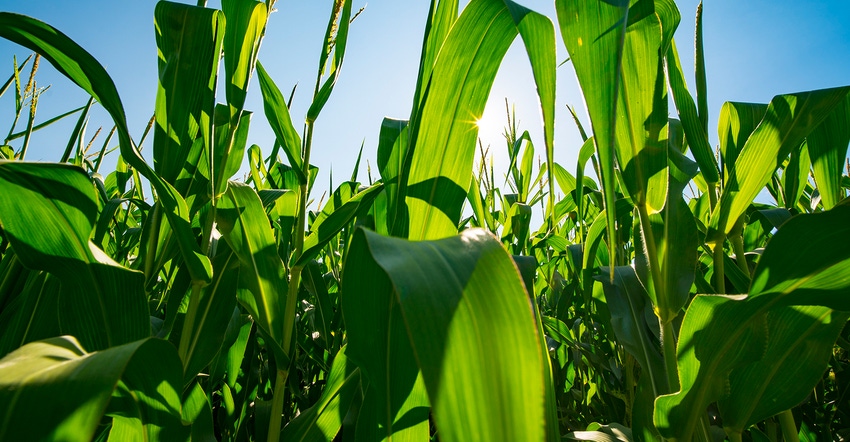
Soil testing in the fall helps set the nutrition stage for next year’s crop. Yet, just because nutrients are in the soil does not mean they are available to the plant, says Darrin Holder, a WinField agronomy manager.
Plants need nutrients throughout the growing season, so accordingly, he suggests taking multiple tissue samples.
To understand what the corn plant needs at various stages of growth, Holder suggests tissue sampling at:
• V5 to V6. This is when the plant is building girth.
• V9 to V11 This is when grain growth begins and when ear length is determined.
• VT to R1. This is when the plant is going from vegetative growth to reproduction.
• R3. This is an option for some, as it gives an end-of-the-season report card.
In a recent blog, Daniel Kaiser, University of Minnesota Extension soil fertility specialist, listed four tips to make the most of plant tissue sampling:
1. Collect multiple samples within a field to compare the results. Get samples of the good, the bad and the ugly. Avoid diseased or damaged plants, as they can throw off results.
2. Time your sampling right. Avoid sampling at early growth stages, as early-season stress can result in poor uptake of nutrients and skew results. The critical time for rapid growth starter fertilizer in corn is near the V5 stage, so don’t be surprised to see deficiencies pre-V5.
3. Interpret results using a top-down approach. Start with the nutrients that are more likely to be deficient in a specific crop. For corn and wheat, that means nitrogen, then sulfur, phosphorus and potassium. For soybean, focus on phosphorus and potassium. Remember that the idea of a nutrient sufficiency range is only a concept and can be open to a wide range of interpretations, particularly for micronutrients.
4. Be realistic about using data. Nutrient sufficiency ranges only provide general guidance on what should be an adequate concentration of nutrient, and many plant tissue guidelines have not been calibrated to determine rates of fertilizer to apply. Always use multiple sources of information when dealing with sufficiency levels to ensure profitability when making decisions on what fertilizer to apply.
Nutrient concentrations in a plant are not static. They can change throughout the day as the plant responds to environmental factors. Nutrient concentrations in a specified plant part can vary by hybrid or variety, and sufficiency ranges may not have been developed based on yield response.
Regardless of the limitations to plant tissue analysis, it can be a valuable tool for diagnosing problems in fields.
About the Author(s)
You May Also Like






